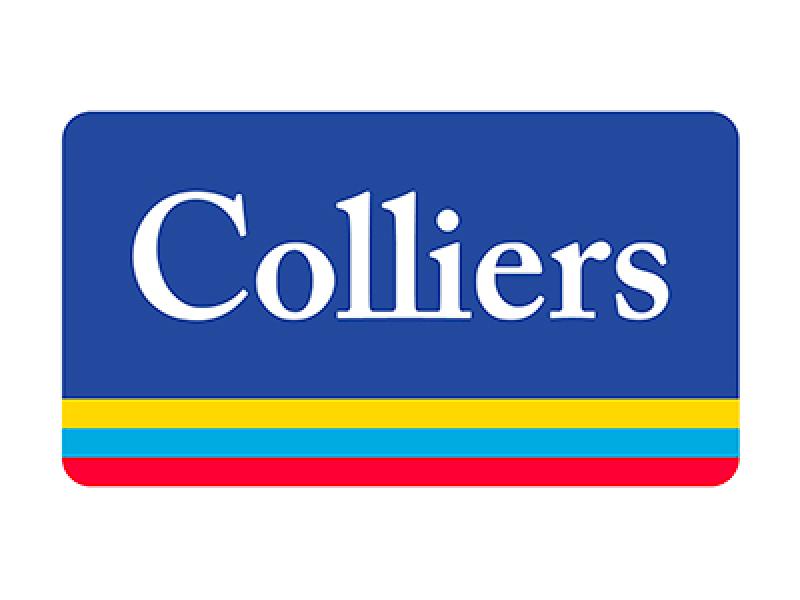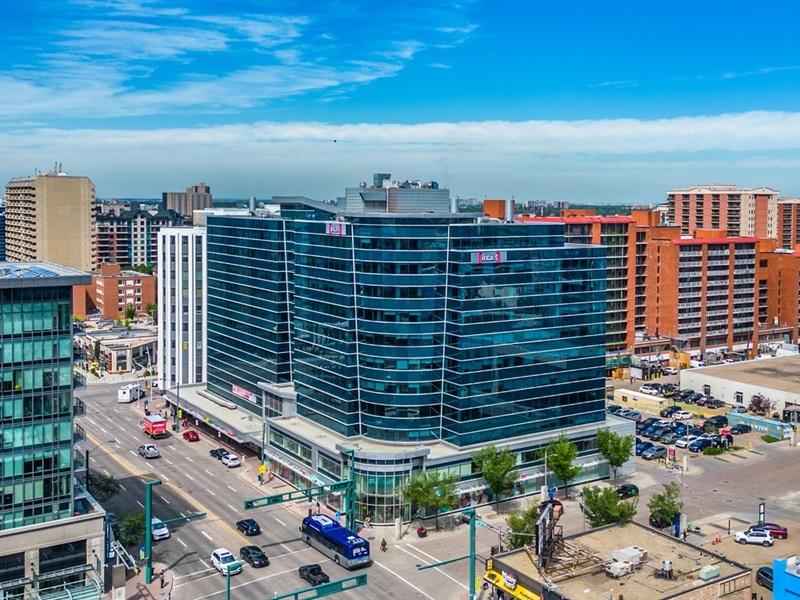What if the secret to higher resident satisfaction, and even better health, was as simple as a muffin and a chat?
In our latest deep dive into renter preferences across Canada, simplydbs uncovered surprising truths from over 740,000 data points. While flashy amenities often steal the spotlight, it turns out real value also lies in programs that foster connection.
From coffee socials to fitness classes and book clubs, renters aren’t just interested, they’re willing to pay more for these opportunities to bond. In a post-pandemic world where loneliness rivals smoking in its health impact, these findings offer powerful clues about what makes a rental community truly thrive.
Powering this conversation is our study surveying 1,500 renters and owners across Canada, asking about 238 different features — from BBQ areas to book clubs — including whether they would pay more for each and if so, how much more. The survey delivers detailed insights into what Canadians value in a rental community.
In following article we explore resident preferences regarding sustainability, accessibility, building design and features.
The health benefits of social connection
In the wake of the pandemic, there’s been growing awareness that social isolation and loneliness can have serious impacts on health. Research shows socially disconnected individuals face significantly higher physical and mental health risks and equates the health impact of loneliness and isolation to smoking 15 cigarettes a day!
On the other side of the equation, strong social relationships are linked to a range of health benefits. People with solid connections tend to live longer, with lower risks of heart disease, high blood pressure and chronic inflammation.
Social ties also play a vital role in mental health, reducing symptoms of depression and helping regulate stress hormones like cortisol. These effects extend to physical recovery as well — those with strong social support often heal faster from illness or injury.
It’s no wonder strong social connections help you live longer and stay healthier: humans are inherently social beings and are wired to seek community and belonging. Given the profound health impacts of connection, there is a clear case for creating opportunities for residents to connect with each other.
Connecting through food
The top three programs, as measured by preference rates (combination of "Essential" plus "Nice To Have" categories) centre around food.
BBQs were preferred by 69 per cent of respondents. Weekly farmers' markets in common areas were preferred by 68 per cent and coffee and muffin socials were preferred by 67 per cent.
Interestingly, more people preferred coffee and muffins over wine and cheese socials, which was preferred by 58 per cent of respondents.
Afternoon tea, cooking classes and boutique food trucks were tied with wine and cheese events with 58 per cent preferring these food-centric socials.
Connecting through fitness
Fitness is another strong theme among respondents with 64 per cent wanting some kind of fitness activity.
Furthermore, 19 per cent indicated that fitness programming is essential and 45 per cent are willing to pay more for it. Drilling down on this, 60 per cent preferred high-impact types of classes like bootcamp or aerobics, while 57 per cent preferred lower-impact classes such as yoga or pilates.
Connecting through learning
Over half of respondents indicated their desire for social events that inspire learning with 55 per cent expressing their interest in guest speakers.
Topping this list of guest speaker topics are health and wellness (55 per cent), community issues (54 per cent) and financial planning (54 per cent). Art classes are another learning program that ranks highly, with 56 per cent indicating their preference for creative pursuits.
Eighteen per cent would pay over $50 per month more for these learning opportunities in their residential communities.
Connecting through clubs
Clubs for card players, game players and book readers rank high among the list of programs. Between 58 per cent and 63 per cent of respondents marked their interest in these types of social gatherings.
Over one-third would pay more to be able to participate in these types of programs.
Conclusion
The results are clear: residents want more than just a place to live, they’re looking for opportunities to connect with others.
Programs focused on food, fitness, learning and clubs are popular because they create meaningful ways for residents to interact, share interests and build relationships. These kinds of activities may not only reduce isolation, but also support personal growth and well-being.
Our data indicates residents want a voice in how their communities are programmed. Among various satisfaction categories, such as suite, building and property management, community programming and events consistently receive the lowest satisfaction scores.
Additionally, when we include an “Other” option in our surveys, it often ranks mid-range, suggesting untapped ideas and unmet expectations.
The findings signal residents are seeking more than what's currently offered. They have distinct visions for how their communities should be shaped.
By actively listening at the community level and partnering with residents to co-create engagement strategies, we have the opportunity to foster not only healthier communities, but also ones that are more vibrant, connected and resilient.
For property managers, this presents a practical opportunity.
Offering well-chosen programs, in consultation with the community residents, may add real value, helping residents feel more connected and satisfied with where they live. Stronger social ties may also lead to a greater sense of community and care for shared spaces.
In a market that continually strives to attract quality residents, those who take pride in their homes, respect their neighbours, and engage with their communities, the value of “getting it right” may be significant. When communities are thoughtfully designed and supported, they create environments where both residents and rental properties can truly thrive.
What we're looking into in the coming months
The data presented in this article offers a high-level, national overview. To gain more meaningful insights into your specific rental community, we recommend segmenting the data by targeted demographic, geographic, or other identified groups.
Leveraging community-level data empowers owners and developers to make informed decisions that may be better aligned with the unique needs of their residents. Our data set from the Canadian Multi-Residential Satisfaction Study (“CMRS”), gathering over 20,000 total responses, will provide even deeper insights - powering us to further dig into specific groups of residents.
Strong community connections influence more than just resident well-being, they also have measurable effects on housing dynamics. We are currently exploring the impact of community sentiment on a resident’s likelihood to move or experience dissatisfaction during their rental journey.
Additionally, simplydbs’ most recent research is examining the leasing process in greater depth, focusing on the decision-making paths and key influences that shape a prospective resident’s search for a new home.
We recognize that platforms like Google Reviews play an important role in this journey, and are actively analysing data to help us better understand how community-building initiatives affect both perceptions and outcomes in the leasing experience.
More to come on that in future articles!









